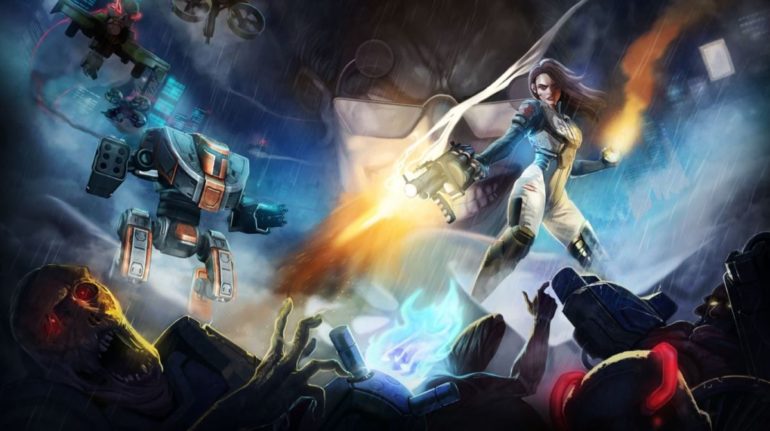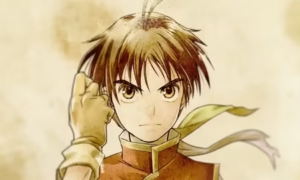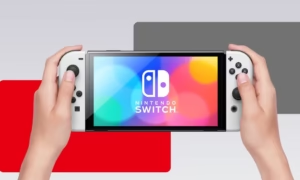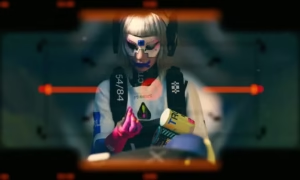Boomer Shooters: Games, Mechanics & More
There was a time when there was no annual Call of Duty releases or waves of formulaic hero-shooters. The concept of a first-person shooter was in its infancy. It was brought to life by Spasm, a one-frame per the second shooter. This is a bit too far back. It wasn’t until 1991 when id Software revolutionized the genre with Wolfenstein 3D. Unknowingly, this was what created what we now know as a boomer shooter.
What are your first thoughts when you think about modern first-person shooters? They are very clean-looking. They’re a bit too polished for what they represent. They are 3D and have many mechanics beyond simply firing a gun at the bad guys. These interactive sets often result in dramatic cutscenes and tragic plot points.
This is not to say that the idea of a modern shooter isn’t good. They are just a bit too bloated, at the very least, compared to the classic era they were created from. Even if your childhood was not in the 1990s, you will likely remember the simplicity of games such as Doom (1993) and Hexen (1994). This pixelated simplicity didn’t include any of the modern shooters’ features and, in some cases, did not even allow for vertical aim. These games were popular because they were among the most enjoyable of their time. However, they are still very popular today due to the same entertainment value as big-budget AAA titles. What exactly is a boomer gunner?
Boomer Shooters Explained
Simply put, a boomer gunner is an FPS game that is retro- or retro-styled and is inspired by the pre-COD arena shooters from the 90s and early 2000s.
Models are often blocky and polygonal for a greater emphasis on performance than resolution. Modern boomer shooters prefer the 32-bit/64-bit aesthetic.
Boomer shooters don’t allow ADS (aim downward sights). They require players to collect health, not wait for it to generate. There is also a high difficulty level with the player character often dying in seconds.
Although we don’t know who the boomer shooter term was coined, we generally know what it meant — to generalize old-school shooters and those that still remember the “good old days” of first-person firefights.
It’s a misnomer considering that elder millennials grew up with classics such as Doom and Heretic on their floppy drives. But we won’t get into the technical details as we explore the concept of boomer shooters and their differences and the graphics-heavy romps we enjoy today.
Many classic boomer shooters in the 1990s and 2000s, including titles such as Quake and Unreal Tournament, and Serious Sam. Many of these titles, including Wolfenstein, have now joined the ranks of 21st-century first-person shooters. However, you can argue that Doom still reflects the boomer shooter style.
Boomer shooters today
Are you tired of the same old boomer shooting games? The genre is still alive and well. Some of the most talented boomer shooters were released within two to three years.
Bounding Box Software, an indie developer, released Proteus in 2020. It is a violent first-person shooter.
David Szymanski revived the genre two years before Proteus. His Dusk features fast-paced, first-person action that would make John Romero blush.
ULTRA KILL by Arsi Patala is the modern boomer shooter that is most loved and popular. Although the chaotic and frantic FPS is still available in Steam Early Access for some time, it has gained a large, loyal fanbase thanks to its influence by characters’ action games like Devil May Cry.
You can find more of the 1990s pixelated, hyper-violent entertainment at Ion Fury and Nightmare Reaper, Amid Evil and Dread Templar, as well as Wrath: Aeon of Ruin.







